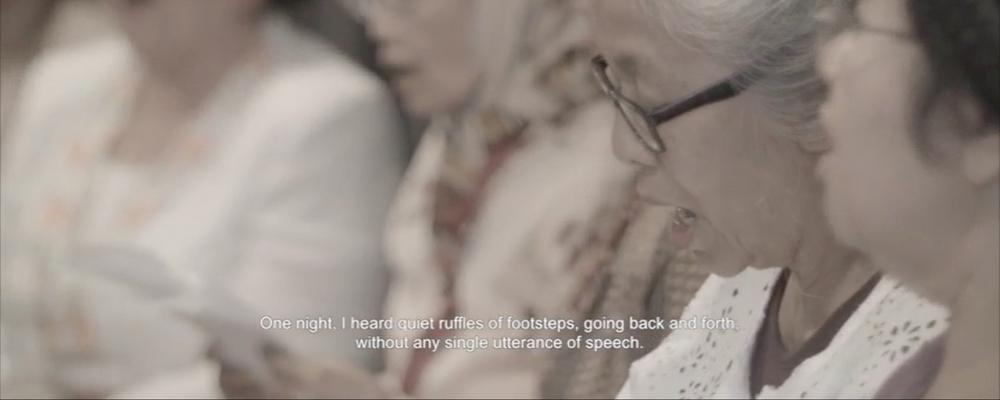
- Home
- News and events
- Find news
- 18 Million Kronor for Artistic Research at the Academy of Art and Design
18 Million Kronor for Artistic Research at the Academy of Art and Design
Five researchers from HDK-Valand – Academy of Art and Design at the University of Gothenburg, have been awarded a total of 18 million SEK (1.7 million euros) for artistic research projects that study designed living environments, autistic writing and warfare.
Over the next four years, three projects will receive almost 11 million SEK from the Designed Living Environments focus area at Formas, the Swedish Research Council for Sustainable Development.
- The Fountain: An Art-Technological-Social Drama (Madeleine Leach)
- A Co-created Artistic Design’s Contribution to Social Engagement and a Sustainable Living Environment (Maja Gunn)
- Transforming the City for Play: Hacking and Co-crafting Urban Interventions (Elena Raviola)
The projects take a closer look at how artistic expression can be used to give different groups some influence over the environments in which they live. Maja Gunn focuses on the elderly and on how art and design can contribute to a socially engaged and sustainable living environment for assisted living facilities where the residents are allowed to participate in the process. Elena Raviola looks at new ways of organising children’s participation in urban development, including by ‘hacking’ urban space through their play. By wrecking a sculpture at the Faculty of Engineering at Lund University called The Fountain, which is neither a work of art nor a ruin, artist Maddie Leach wants to start a societal debate about artistry, artistic originality and the ability to resurrect a work of public art.
‘Here we have three different examples of how one can approach the design of living environments from an artistic perspective,’ says Monica Sand, Research Advisor for the Faculty of Fine, Applied and Performing Arts and one of the coordinators at Gothenburg’s Centre for Sustainable Urban Futures. ‘These projects highlight questions about the role that art can play in various living environments, which can actually impact how we live and work and who feels comfortable in a particular urban environment. Although artistic methods and processes are often sought after in urban development projects, there has been very little research on the role of art in supporting democratic urban development. The Faculty of Fine, Applied and Performing Arts is eager to contribute to a critical conversation about urban development that can open the door to discussions about what kind of society we want to live in and how we can build it together.’
Neurodiversity and the the Indonesian mass killings
Two other researchers have been awarded more than 7 million SEK (670,000 euros) by the Swedish Research Council for their projects on the future of warfare and autism as a resource for artistic research.
- Autistic Writing: A Mother Tongue (Elisabeth Hjorth)
- Protocols of Killings: 1965, Distance, and the Ethics of Future Warfare (Tintin Wulia)
Elisabeth Hjorth, a PhD in ethics and Senior Lecturer in the Academy of Art and Design, will be examining how neurodiversity serves as a resource for artistic research, literary composition and art education. One overall goal is to bring to light autistic experiences and languages, which have previously been relegated to obscurity in the field of artistic research. Another goal is both to contribute to our educational programmes in the arts and to allow artistic research to influence and drive a dialogue with the society around us.
‘Norms surrounding differing functioning constitute a foundation for discrimination and injustice in society, both in the literary field and in our educational institutions,’ says Hjorth. ‘The need for change is great, and in various places the illumination of neurological minorities’ perspectives, knowledge and experiences is under way. We believe that autistic writing changes the literary field both in its forms and in its methods.’
Tintin Wulia, a PhD in visual arts and a post-doctoral research fellow at the Academy of Art and Design and the School of Global Studies, will be examining the future of warfare through a historical lens in her project. She does it by drawing parallels between two cases: The Indonesian mass killings of 1965–66 – one of the world’s most effectively concealed events – and today’s U.S-led drone attacks.
Wulia’s work is based on a previously classified archive that was declassified in 2018 and comprises 30,000 documents related to the killings, including daily communications from inside the U.S Embassy in Jakarta between 1964 and 1968. The project will combine artistic research with empirical analysis of material from the archive that will then be compared with the limited information that is available on the drone war. The work will be discussed in workshops in which the patterns behind international relations and the communications between embassies will be translated into performances in which the audience will include survivors of the massacre.
‘This will be the first research project that analyses the archive in its entirety and also looks more closely at the dynamics between the embassies that made the killings possible,’ says Wulia. ‘My hope is that the project will contribute to expanding our way of researching about the future of warfare.’